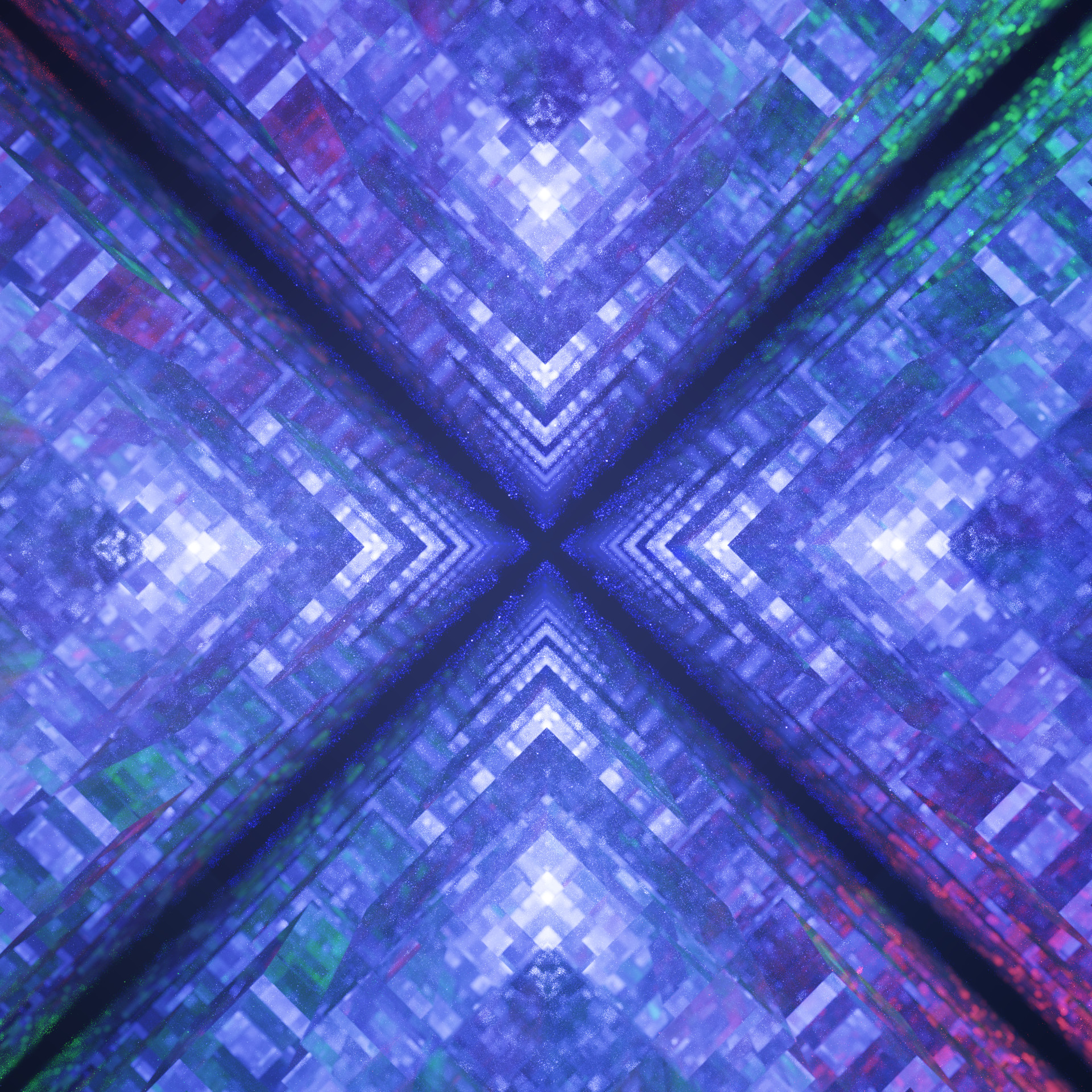Collection of entries for Remington’s 2018 simplicity challenge where the objective was to create some cool artwork while only using a limited amount of Blender’s features.
Links to additional images on my ArtStation
Source code is self-hosted on my home Git-Gogs server which is only accessible from my home network.
Justification
Grant Wilk from Remington Graphics (now Remington Creative), hosted a Blender competition where one of the challenges was to create a model using just Blender’s object mode. As such modifying individual vertices was generally against the rules unless it was done through applying transformations within object mode. Despite overlooking that it was supposed to be just a single model and not a complete scene it was still really enjoyable since 3 of my entries gave me a reason to figure out Blender’s API for scripting UI inputs.
Fractal
T-Cube
Features
- Simple recursive implementation of a T-Cube fractal.
- Placed cubes recursively until a certain depth was reached.
- Made as a simple test of Blender’s scripting API.
- Added a nice procedural material to the resulting cubes.
Result

Credits
- Blender’s API documentation.
DNA Strand
Features
- Considered making a script but ended up making it manually by hand.
- Mostly a compositing project. (It was saved in post)
Before compositing

After compositing

Credits
- Blender’s API documentation.
Implicit Surfaces
Heart
Features
- Places voxels based on an implicit surface.
- Voxels can both be normal cubes and custom made cubes that were manually created using object mode and emulate marching cubes.
Result:

Credits:
- Blender’s API documentation.
- Heart implicit surface equation from the second assignment of the Computer Haptics course (Computer Science 599.86 at the University of Calgary) I took in winter 2018.
Scene
Features
- Most of the scene built using my implicit surface voxelizer
Result

Credits
- Blender’s API documentation
- Most of the implicit surface equations used in this scene are from Implicit Algebraic Surfaces
- Some implicit surfaces equations from the second assignment of the Computer Haptics course (Computer Science 599.86 at the University of Calgary) I took in winter 2018.
- Remaining models made in blender using object mode as per the competition’s rules.